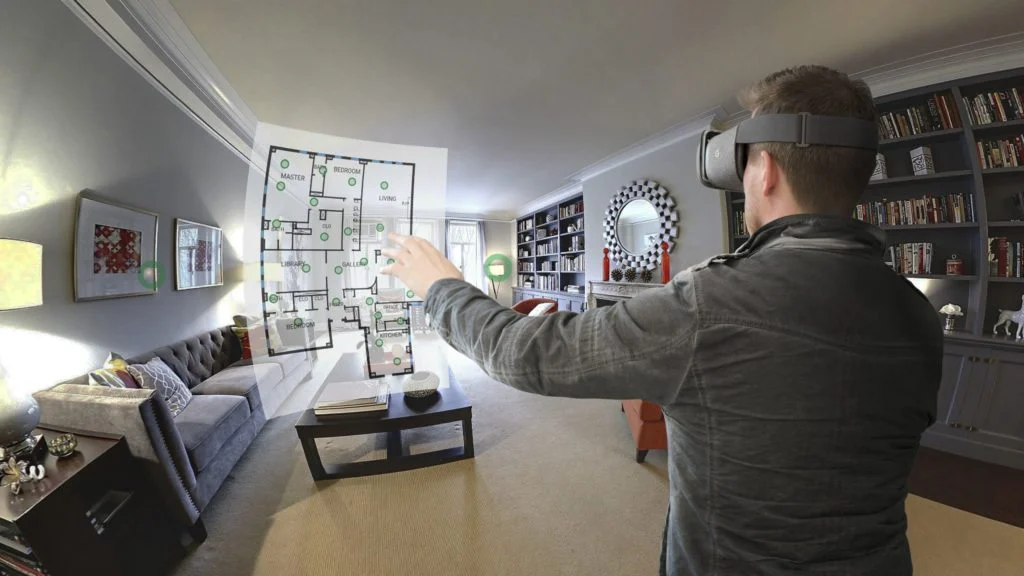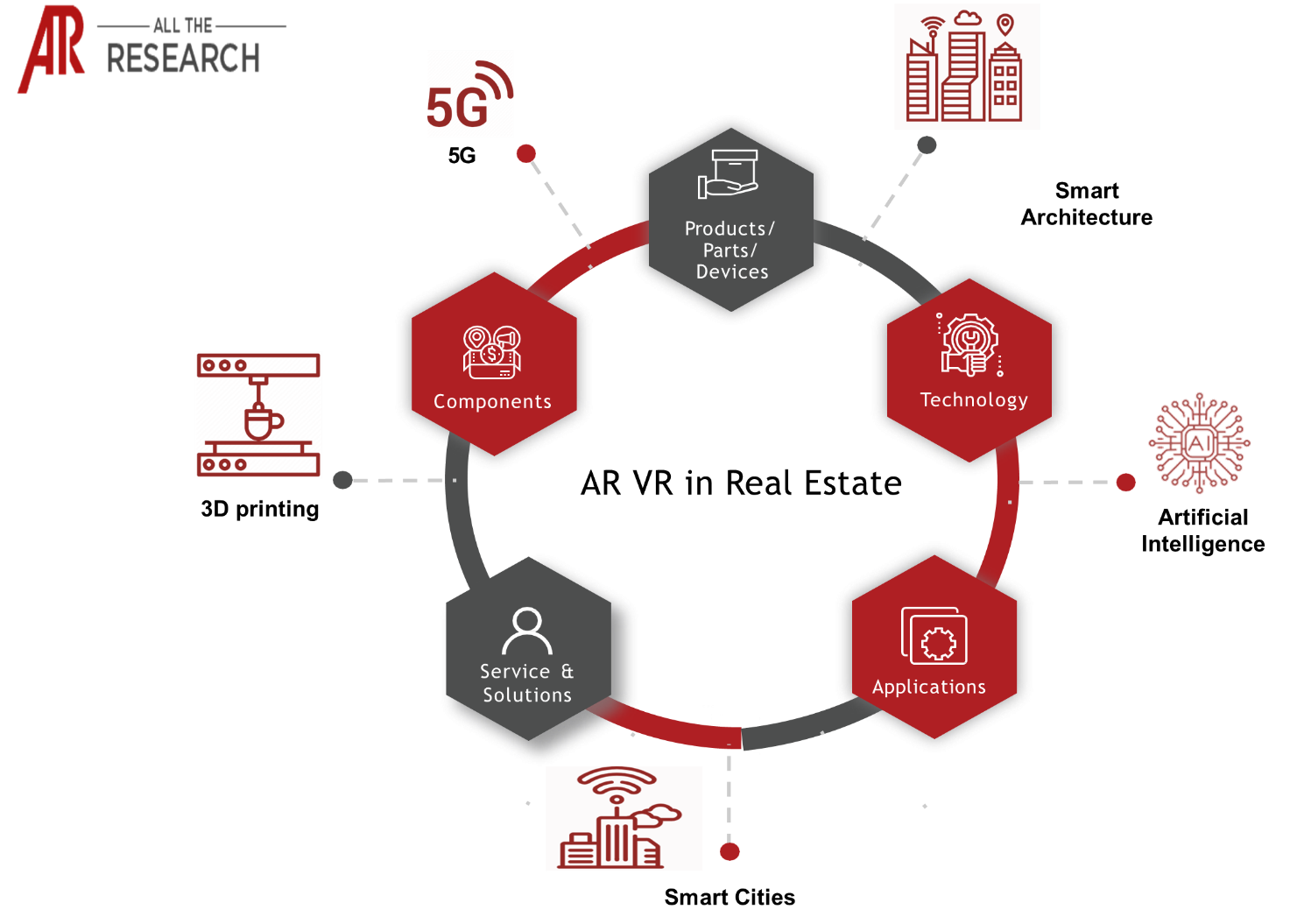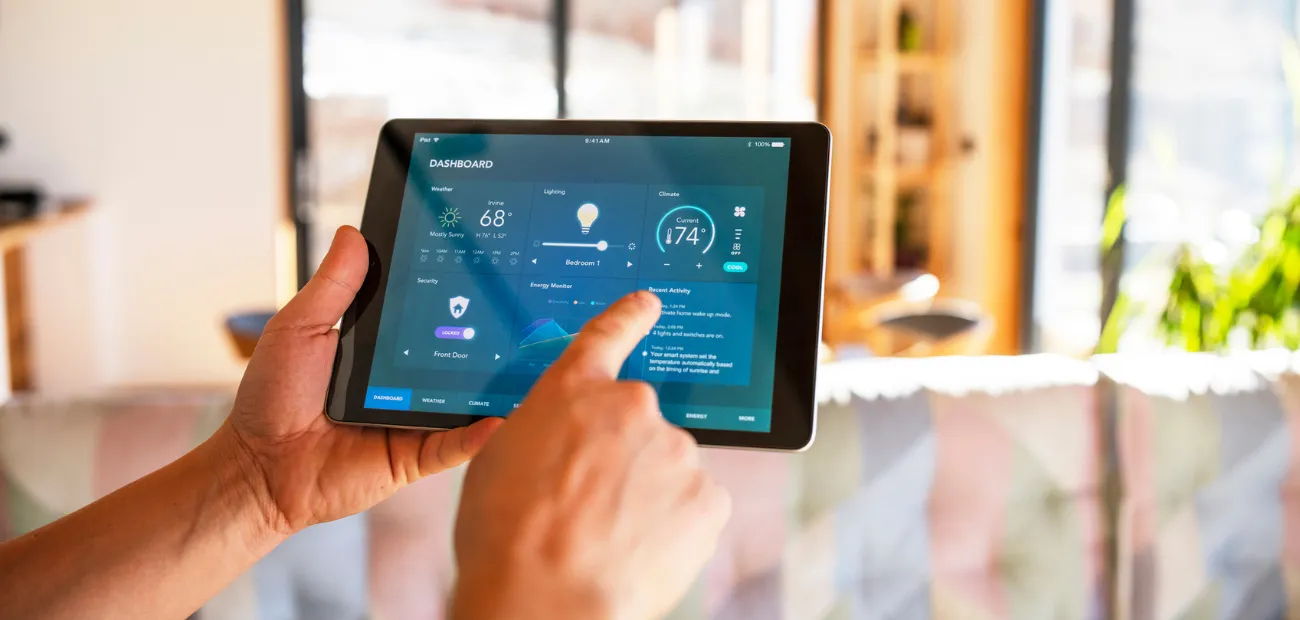
Virtual Reality Home Tours: Revolutionizing the Buying Process
Explore how VR home tours are revolutionizing the real estate industry.Imagine putting on a headset and suddenly finding yourself standing in the living room of a potential new home. You can look around, walk through doorways, and even peek out the windows. It's as if you've been teleported into the property, able to explore every nook and cranny at your leisure. This is the power of VR home tours.

VR technology in real estate comes in various forms. There are 360-degree video tours that allow you to look around from fixed points, and fully interactive 3D models where you can move freely through the space. Some advanced systems even let you change wall colors or place furniture, giving you a taste of what the home could look like with your personal touch.
Benefits for Home Buyers
For potential buyers, VR tours are a game-changer. They save time and expand options, allowing you to view dozens of properties in a single afternoon without ever leaving your living room. This is particularly valuable for long-distance buyers or those with busy schedules.
Virtual open houses have become increasingly popular, especially in the wake of recent global events. They offer convenience and safety, allowing buyers to get a feel for a property without the pressure of an in-person visit.
Advantages for Sellers and Agents
From a seller's perspective, VR tours can significantly increase property exposure. Your home can be viewed by potential buyers from anywhere in the world, at any time of day. This expanded reach can lead to faster sales and potentially higher offers.
As an agent, I've found that VR tours help me manage my time more efficiently. Instead of spending hours driving between properties with clients, I can showcase multiple homes in a single sitting, focusing on those that truly interest the buyer.
Impact on the Real Estate Industry
VR is reshaping traditional real estate practices. It's not just a tool for viewing existing properties – it's also revolutionizing how we market new developments. Builders can now offer virtual tours of homes that haven't even been built yet, allowing buyers to visualize and even customize their future home before construction begins.

The Technology Behind the Magic
Creating a VR tour involves sophisticated technology. High-resolution cameras capture 360-degree images or videos of the property, while 3D scanning technology creates detailed digital models. These are then processed using specialized software to create an immersive virtual environment.
Challenges and Limitations
While VR tours offer numerous benefits, they're not without challenges. Some users may experience motion sickness, and there's still room for improvement in rendering realistic textures and lighting. There's also a learning curve for both agents and buyers in adopting this technology.
One concern I often hear is about the authenticity of VR representations. It's crucial to ensure that virtual tours accurately represent the property, including any flaws or less-than-ideal aspects.
The Future of VR in Real Estate
Looking ahead, I believe we'll see VR technology become even more sophisticated. Imagine being able to feel the texture of countertops or the plushness of carpet through haptic feedback gloves. Or picture AI-powered virtual agents guiding you through tours, answering questions in real-time.
VR vs. AR in Real Estate
While VR immerses you in a completely virtual environment, Augmented Reality (AR) overlays digital information onto the real world. Both have their place in real estate. VR is excellent for remote viewing, while AR shines when you're physically at a property, allowing you to visualize potential renovations or furniture placement.
Global Perspective
VR tours are breaking down geographical barriers in real estate. I've personally facilitated transactions where international buyers purchased properties they'd only seen virtually. This technology is making the global real estate market more accessible than ever before.
Conclusion
Virtual reality is more than just a cool tech toy – it's a powerful tool that's reshaping the real estate landscape. As someone who's witnessed its impact firsthand, I can confidently say that VR home tours are here to stay. They're not only changing how we buy and sell homes but also how we conceptualize and interact with spaces.
The next time you're in the market for a new home, why not give a VR tour a try? You might just find yourself stepping into your dream home without ever leaving your living room. Welcome to the future of real estate – it's virtual, it's exciting, and it's just getting started.
References
- https://hackernoon.com/vr-home-tours-the-future-of-real-estate-showings
- https://www.linkedin.com/pulse/virtual-reality-real-estate-transforming-property-tours-buyers-cur2f
- https://www.aurumproptech.in/blog/Redefining-Real-Estate-Exploring-the-Impact-of-Virtual-Reality-on-Homebuying
- https://www.iamdave.ai/blog/the-rise-of-virtual-reality-in-property-marketing-revolutionizing-the-way-we-buy-and-sell-homes/
- https://rubygarage.org/blog/virtual-reality-in-real-estate
- https://www.linkedin.com/pulse/transforming-real-estate-impact-virtual-reality-technology-gl47f
- https://www.adanirealty.com/blogs/virtual-home-tours-changing-homebuying-experience
- https://www.researchgate.net/publication/328208757_Home_sweet_virtual_home_The_use_of_virtual_and_augmented_reality_technologies_in_high_involvement_purchase_decisions
Smart Contracts in Real Estate: Streamlining Transactions



 Ultimate Guide.webp)


Comments
No comments yet. Be the first to comment!
Leave a Comment